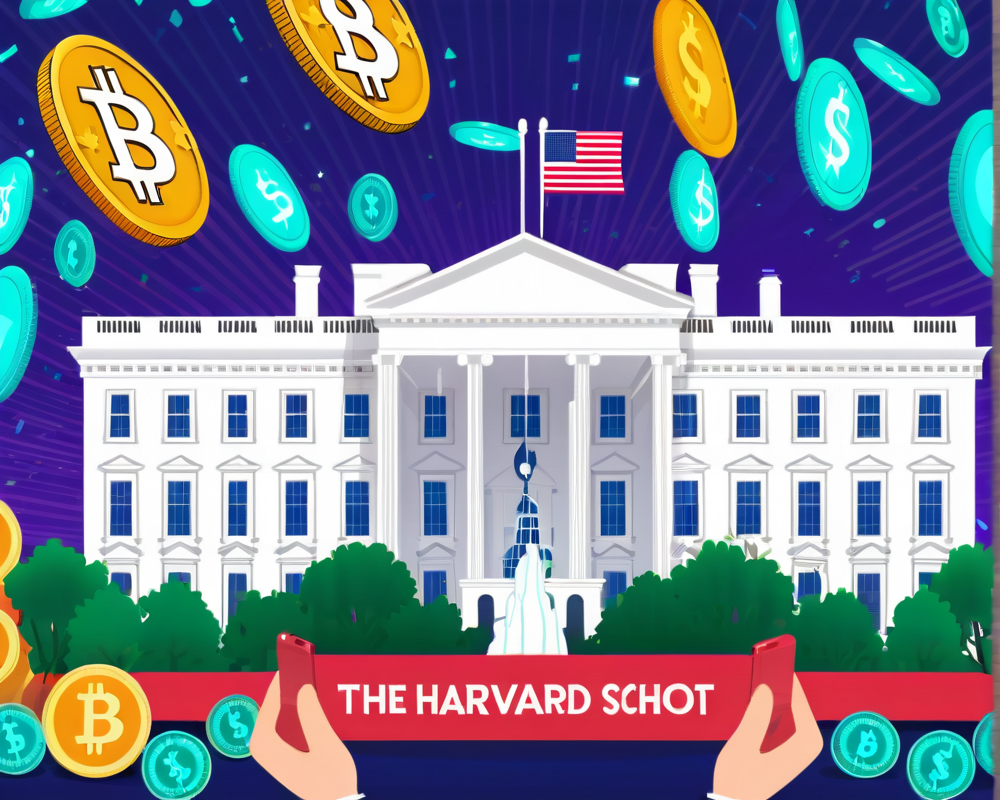The Digital Currency Wars Simulation
On November 19, Harvard University’s Kennedy School orchestrated a gripping live simulation of a White House National Security Council meeting. It was a rollercoaster of geopolitical intrigue, featuring former high-ranking officials and intellectual minds dissecting a hypothetical future scenario—the “Digital Currency Wars”.
A Future in Turmoil
Set two years down the line, participants plunged into a world where North Korea had just executed a missile test, allegedly funded through bypassing U.S. sanctions with China’s newly minted digital yuan. This digital currency had been making waves since its launch 20 months prior, becoming the crème de la crème of payment options within China and blossoming across Southeast Asia thanks to the Belt and Road Initiative.
The Unsettling Reality of Dependency
As the simulation unfolded, a stark realization emerged: the U.S. might find itself at the mercy of Chinese cooperation. The simulated Treasury Secretary’s words echoed through the room like a distant alarm bell:
“We will not successfully starve North Korea economically without the cooperation of China, and certainly not if it is their objective to see us fail.”
This statement was a sobering reminder of the previous 30 years, which have been littered with progressive lack of success in persuading China to leverage its influence for the U.S.’s favor.
The Cyberattack Twists the Plot
Smoothly transitioning the stakes, the meeting was interrupted by a chilling newsflash—a cyberattack on the SWIFT system resulted in $3 billion being pilfered from commercial banks in Germany, Saudi Arabia, and the UAE. The plot thickened, leaving members grappling with the fragility of financial structures that they once thought were as solid as the rock they were sitting on.
Forward-Thinking Solutions or Business as Usual?
In the aftermath, conversation swirled around proposals designed to avert a global economic bifurcation. Surprisingly, while some attendees clung tightly to familiar strategies like enhancing the SWIFT system, more innovative members leaned towards the development of a U.S. digital dollar. Ideas flew like confetti at a New Year’s party, including:
- Applying diplomatic pressure on China for collaboration
- Utilizing electronic intelligence to spotlight North Korea’s sanction evasion
- Creating a digital dollar to bolster U.S. financial viability
- Exploring military options (though many found this less palatable)
Threats to Dollar Dominance
As the conversation shifted to the blockchain and cryptocurrency arena, a sense of urgency colored discussions among American lawmakers. With China sitting on over 7,000 blockchain patents—more than thrice that of the U.S.—the stakes seem higher than ever. Rumors of the digital yuan nearing its launch—possibly within the next year—sent shivers down the spines of U.S. policymakers. The question dawns: can the U.S. maintain its dominance in a rapidly evolving financial landscape?




